
Hyundai Nexo engines, drive and performance

- Hydrogen power means it runs like an electric car
- Performance is adequate for a family SUV
- A relaxed and quiet drive
The Nexo isn’t a conventional car with a conventional engine. It uses a hydrogen fuel cell which, without getting too technical, is there in place of a traditional petrol or diesel engine and runs the Nexo just like an electric car via batteries and a motor. It combines oxygen with hydrogen to create electrons that power an electric motor and charges a battery.
The total system output for the Nexo is the equivalent of 163hp and 395Nm of torque, which helps propel the car from 0-62mph in 9.2 seconds. Performance isn’t as rapid as a smaller, lighter electric car, but it is very smooth and, unsurprisingly, silent. Maximum speed is 111mph. So, it’s adequately quick and an effortless performer.
Hyundai has engineered this car with comfort in mind, so the suspension is satisfyingly compliant, while the drive itself is about as far from sporting as you can imagine. By no means is that a bad thing, the whole feel of the Nexo is one of relaxed modernism, and by no means does it feel slow or like it’s lacking.
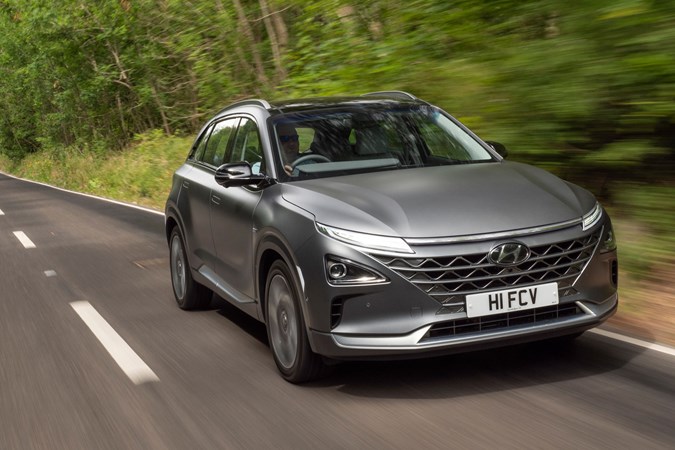
Handling
- Nexo doesn’t drive like a sports car
- And it wasn’t designed to be
- A very relaxed and comfortable drive takes priority
The Nexo is a futuristic SUV with hydrogen power, and Hyundai – alongside Toyota and Honda – is a trailblazer in this regard. Because of that, the way the car handles isn’t a priority – it’s best to be seen as a technological showcase of where cars are heading and be light and easy to drive in the process.
However, if the Nexo is going to appeal to the masses, it needs to be in a body style that’s popular, so it’s an SUV. That’s all very fitting because an SUV doesn’t need to handle like a sports car either, but the silent-running of the Nexo promotes a relaxed driving style where you don’t want it to feel like a sportier car anyway – Hyundai has the i30 N for that.
However, the soft suspension makes for a relaxing ride on smoother roads, although the car’s heavy kerbweight means it can wallow over bigger undulations and become slightly crashy over bigger bumps. That’s only in extremes really, and overall the light controls (the steering is very light with little-to-no feedback) and laid back feel suit the car perfectly.
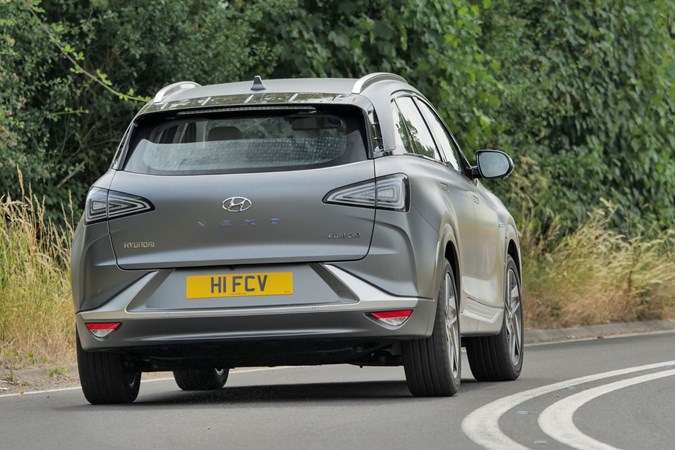


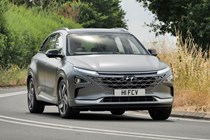



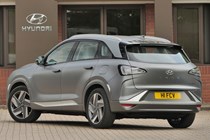
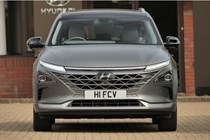
.jpg)
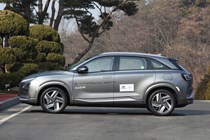
.jpg)
.jpg)









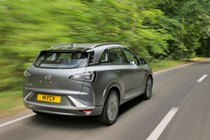

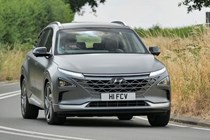


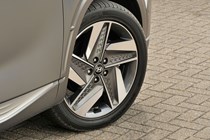
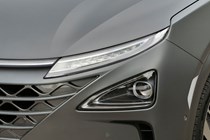

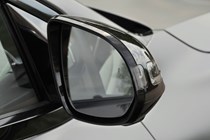
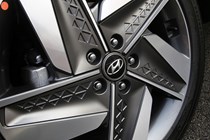
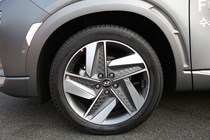
.jpg)
.jpg)
.jpg)
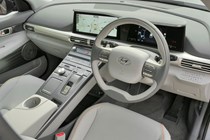
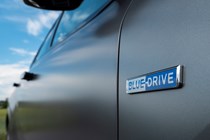
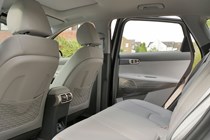
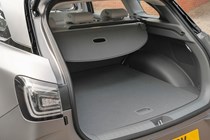

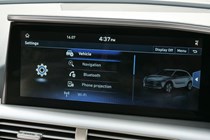
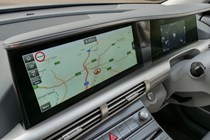
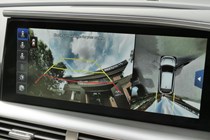
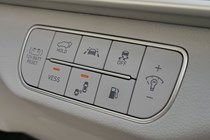

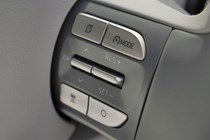
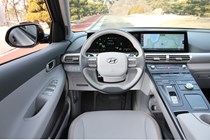
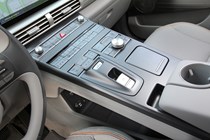
.jpg)
.jpg)
.jpg)
.jpg)
.jpg)
.jpg)
.jpg)
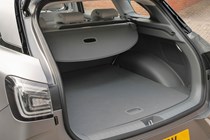
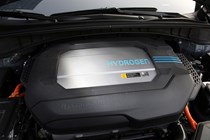
.jpg)






.jpg?quality=50)

.jpg?quality=50)
.jpg?quality=50)




















.jpg?quality=50)
.jpg?quality=50)
.jpg?quality=50)













.jpg?quality=50)
.jpg?quality=50)
.jpg?quality=50)
.jpg?quality=50)
.jpg?quality=50)
.jpg?quality=50)
.jpg?quality=50)


.jpg?quality=50)